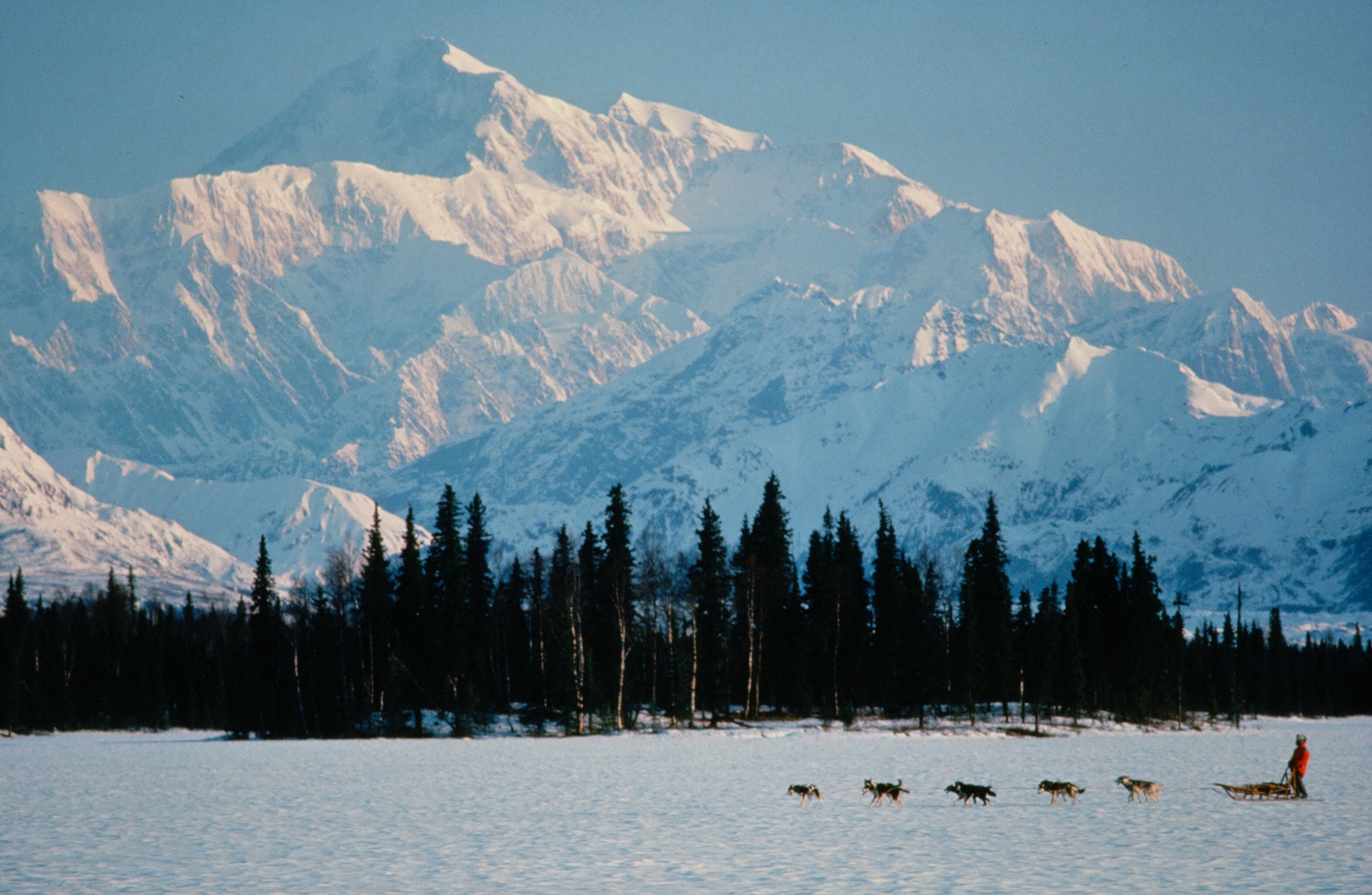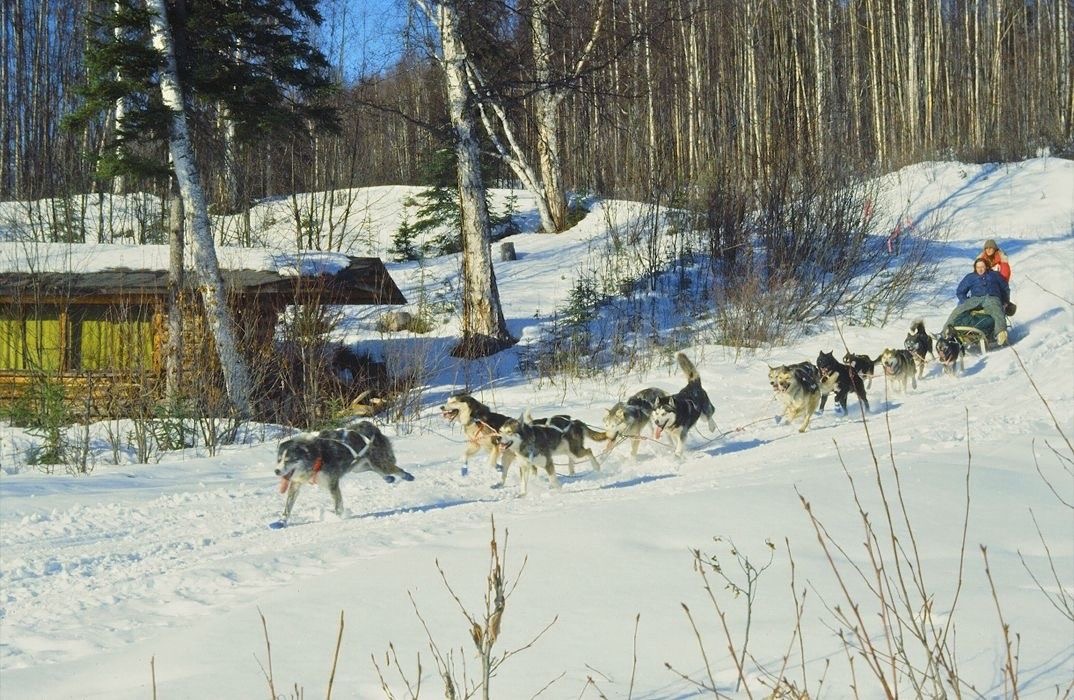
Shelley Gill and the Iditarod Dogsled Race
When I first heard about the Iditarod Race I was struck with a wild thought. Could I do it? It was 1974. Most people thought it was a crazy idea. 1100 miles of full on wild country and all that means with the same 16 dogs. People even wondered if it could be done. It certainly had never been tried before.
The spirit of Iditarod came from Joe Redington Sr.'s dream: To preserve this historic trail that stretched across Alaska, to honor the sled dog whose unfailing stamina had opened up the country and to celebrate both pioneers and Natives who carved out a home in the wilderness. The folks who shared his dream, who joined up to help make the race happen in the 70's, Gleo Huyck and Tom Johnson and the hundreds of other volunteers--pilots like "Vice Grips Larry Thompson, Denali flyer and chain smoker Cliff Hudson, Ace Dodson, the trailbreakers Gene Leonard and his mail order bride June, checkers like Joe Delia (once described by Joe Sr. as a guy you could drop in the wilderness with a buck knife and come back six months later to a warm cabin with the coffee on) mushers like Bud Smyth who entered the race calling himself the "mad Russian" and wore a paper bag over his head, a who's who of Native mushers, Isaac Okleasik, Emmitt Peters ("the Yukon Fox"), Rudy Demoski, George Attla, Joe Garnie, Ernie Chase, Carl Huntington, Warner Vent, the "Shishmaref Cannonball" Herbie Nayokpuk--Athabaskan, Yupik, Inupiaq--all guys who were running dogs they used for work everyday.
The villages opened their hearts to the race because they understood it. Iditarod was a testimonial to their lives of hardship and endurance. They also wanted to be part of something that in its simplicity was epic. Living outside, working with animals, the Iditarod life rejected the 8 to 5 schedule and instead was bordered by tides, blizzards, freezes and thaws. Mushers worked hard in summer in individual pursuits like fishing and panning gold and, yes, wining and dining tourists. The rest of the time they lived the life of Alaska. Chopping cords of wood! Patching the roof, tending a garden, making meat, sewing mukluks. The race was cobbled together by people who felt they were doing something that REALLY mattered.
I was in awe but ready to try. I knocked on old Joe's door in October 1977. He laughed when he heard I was from Florida but he gave me a space for my tent in the dog yard next to a silver airstream where another woman musher was parked. Eventually there were three of us camped there living the dream. The newspapers called us Brains, Brawn and Beauty. I was Brains.
We were some of the first women to race, but not the first. That title goes to Mary Shields and Lolly Medley who went to Nome in 1974. I love Mary's story. She got to Nome after a month on the trail and celebrated for a couple weeks--so long in fact--the rivers thawed and opened between her and home. No problem. She got a job for the summer with Blueberry John's tourist company then when things froze again she mushed home.
The three us made it to Nome. It was a brutal race. Stormy, cold. But I got what I needed. A subject for my first book and the knowledge that when it got tough I was one of the "tough who got going."
People talk a lot about the Iditarod spirit. That spirit is found in the adventure...Libby Riddles and her mad gutsy dangerous dash across the sea ice to become the first woman to win, Susan Butcher striking gold four times as a champ. Me writing a bestseller. Joe and my buddy Norman Vaughan racing into their 80's. Guys like Joe May and Rick Swenson, Sonny Lindner and Terry Atkins. In those old days Iditarod was a story about a couple weeks when folks showed off their skill as dog drivers, camped out and then raced like hell for Nome. The plot was about the perils and what could go wrong, and the tale was filled with wonderful characters, both human and dogs.

If you'd like your students to get a taste of what it's like to have an adventurous spirit while they learn about the environment at the same time, contact us about scheduling a visit from Shelley.